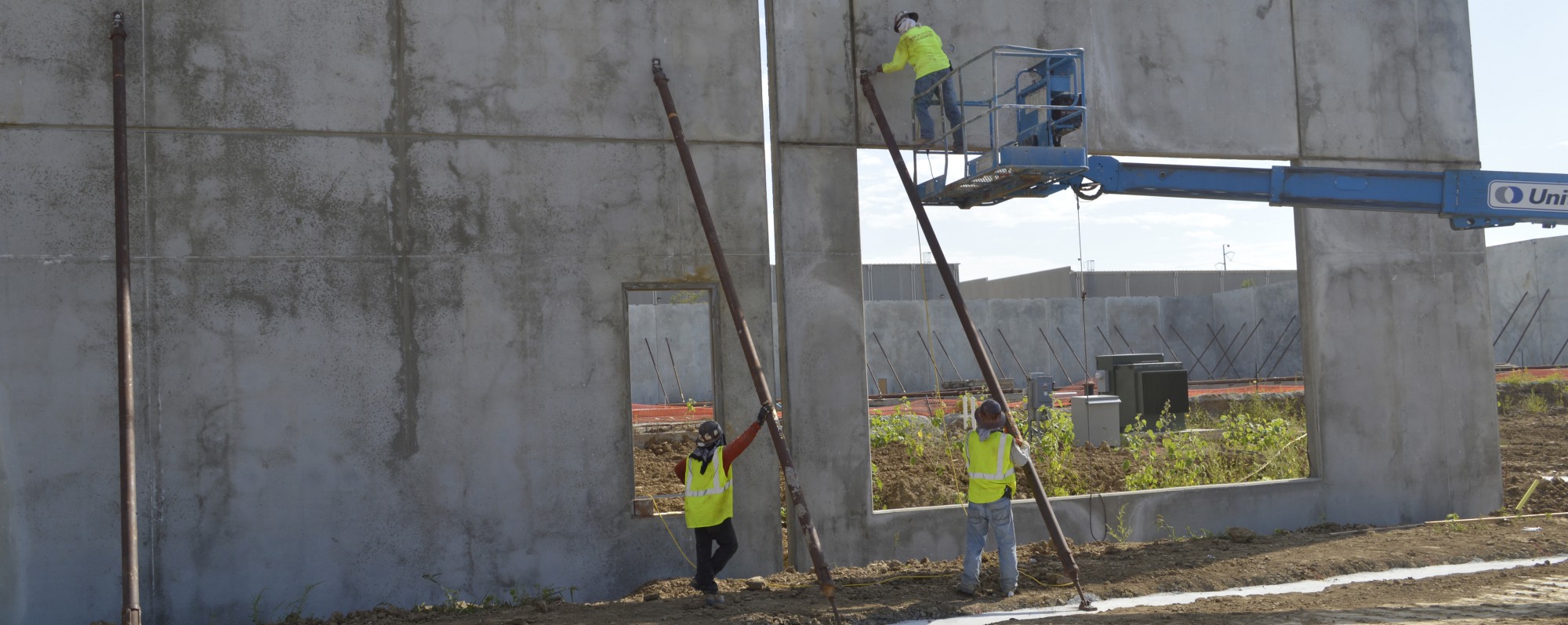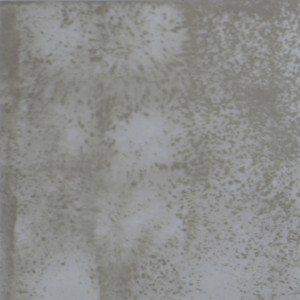It is a frustrating occurrence on any tilt-up job – a wall is lifted and placed, only to reveal an unsightly, familiar grid pattern on one side. Though the first thought may be to blame an inferior bondbreaker, or even improper application, there may be something else at play.
The checkerboard pattern may likely be the result of reinforcing steel that’s been ‘pickled’ for temporary corrosion resistance, said Nox-Crete’s Jeff Linn. When rebar is pickled, it’s submerged in an acidic, water soluble solution that removes thermal oxide to create an oxide layer that offers protection from corrosive rust.
The added protection comes with a cost that frequently rears its head, Linn said. Because the pickling juice is acidic and water soluble, it dissolves in rain or heavy dew and slowly drips onto the casting slab below.
“Ultimately, the pickling juice that drips off the rebar will dry on the casting slab,” Linn said. “When the panel concrete is poured on top of it, the acidity of the pickling juice will retard a very thin film of the cement in the panel concrete right where the two come together.”
The affected concrete is darker than the adjacent concrete, has a rougher texture and bears the characteristic rebar grid look. If not properly prepared, this grid will still be visible even after the panels are painted.
To prevent the pickling juice from causing panel retardation, wash the rebar prior to placement, Linn said. Alternatively, the casting slab should be thoroughly washed prior to pouring wall panels to remove any pickling juice that may have dripped from the rebar.
Not all rebar has enough - or even any - pickling juice present to cause a problem with the concrete, Linn said. Professionals in the field should be aware of characteristics common to potentially troublesome rebar.
“Usually, if you don't see any rust on the rebar and it feels like it has a sticky film on it, you can almost bank on it being covered in pickling juice.”
 chemical solutions to concrete problems
chemical solutions to concrete problems
